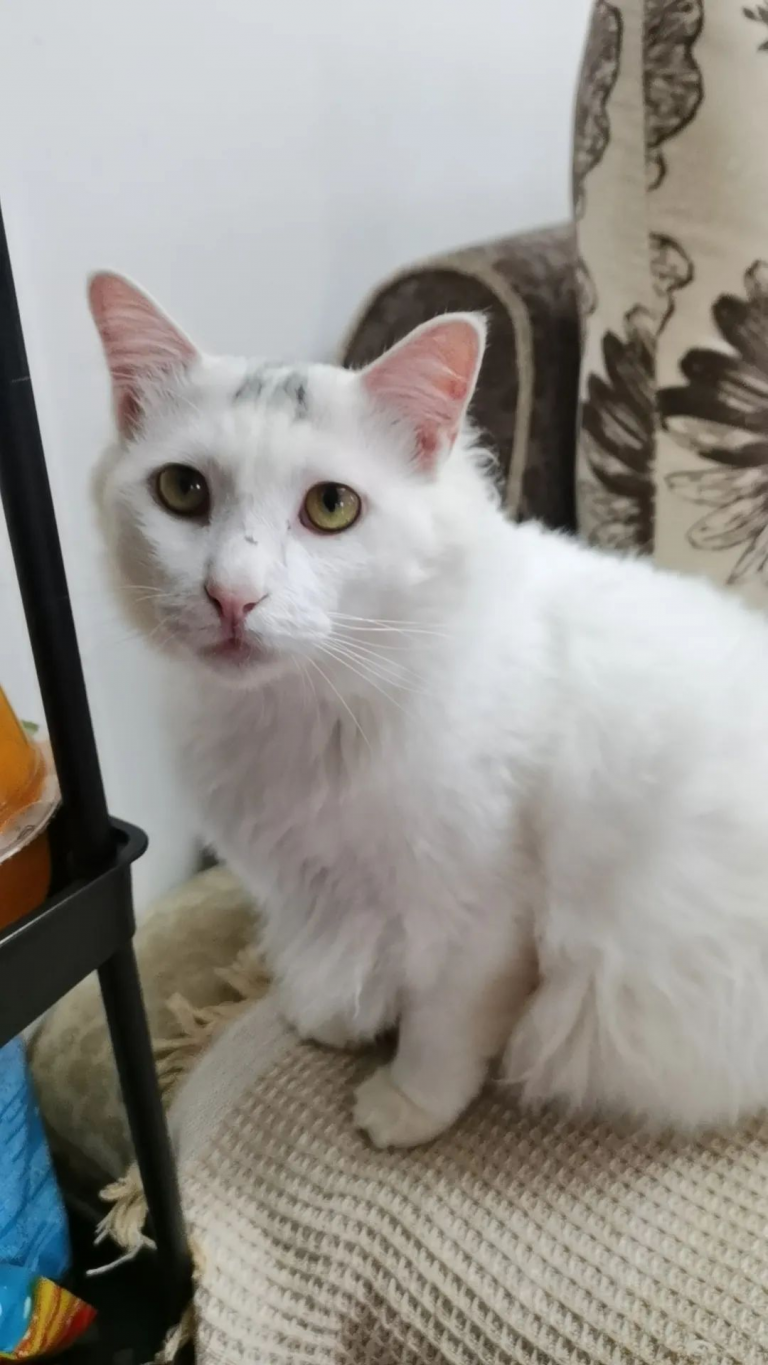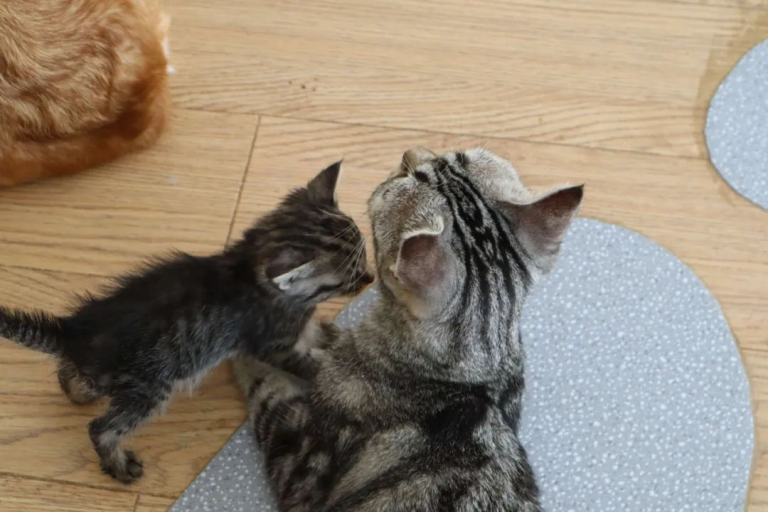Don’t look down on your dog when he’s sick! Teach you 7 tips to detect your dog’s pain in advance
The biggest fear of every dog owner is that the dog gets sick. Not only does the owner have to spend a lot of money for medical treatment, but the dog itself will also be very uncomfortable, and the owner is also very worried. In order to eliminate the disease at the first sign, owners can observe these parts of the dog at close range to prevent the dog from getting sick.

1. Touch the dog’s nose
If the dog’s nose is moist, it means he is healthy; but if it is dry, it is likely to be a sign of getting angry or getting sick. At this time, the dog needs to be given more water. If your dog’s nose is dry when he first wakes up, this is normal.

2. Look at the dog’s mouth
Every time the dog breathes at us or the dog licks us, we can feel whether the dog has bad breath. If the dog’s mouth emits some unpleasant smell, the owner needs to check whether the dog has oral disease. Or problems like gingivitis.

3. Turn over the dog’s ears

Dogs will have body odor, and one of the sources is the dog’s ears. If you often see your dog shaking its head or scratching its head, it indicates that there is dirt or inflammation in its ears, causing discomfort. At this time, you should check whether there is any brown stuff stuck in the dog’s ears. If so, Clean up immediately. Owners should remember to clean their dogs’ ears regularly to keep their ear canals clean and fresh. If there is hair growing on the ears, check to see if the hair is too long and consider whether it needs to be plucked.

4. Hold the dog’s paw
When training a dog to shake hands or playing with a dog, you can turn over the dog’s meat pads and carefully observe whether there are cracks, touch the toes to see if there are any breaks or small pustules, and check for interdigital inflammation. Also observe whether the hair and nails between the toes have grown again, and whether it is time to trim them. When you usually take your dog out and come back, be sure to clean the dog’s feet to prevent the dog from being contaminated by outside bacteria.

5. Stroke the dog’s body
When petting your dog, consciously stroke the dog’s chin, neck, back and belly. By doing this, you can find out whether the dog’s hair is tangled, whether there are lumps, wounds, etc. on the skin. If your dog’s skin has brown or red dots accompanied by flakes of dander, your dog may have mites. If this happens, it must be treated promptly. If the dog’s hair is tangled or the hair loss is too severe, the owner should be careful not to feed the dog too salty food, and try to keep the diet as light as possible.

6. Check feces
When you take your dog out for a walk every day, the main purpose is to let it eliminate. The owner can observe the state of the dog’s poop, whether it is dry and formed or soft and muddy. Healthy dog poop is earthy in color and can be easily picked up from the ground. If your dog’s poop is black, your dog may be angry or have something abnormal with his body. By observing the poop, you can understand the condition of the dog’s body at any time and adjust its diet.
If the dog’s excretion has not been smooth, the owner should pay attention to the fact that there may be some problems with the dog’s gastrointestinal tract. The owner can feed the dog probiotics 2 to 3 times a week. We recommend ” Greedy Pet Probiotics” , which can help the dog Dogs regulate their intestines and stomach, promote intestinal peristalsis, improve defecation problems, and protect intestinal health.

7. Observe the dog’s eyes
The owner can stare at the dog for a few minutes, pay attention to observe whether there are foreign objects around the corners of the dog’s eyes, see if the dog is tearful, and observe whether the color of its tear glands has become darker. If there are any of these symptoms, they should reflect on it. Have you fed your dog too much salt recently?





